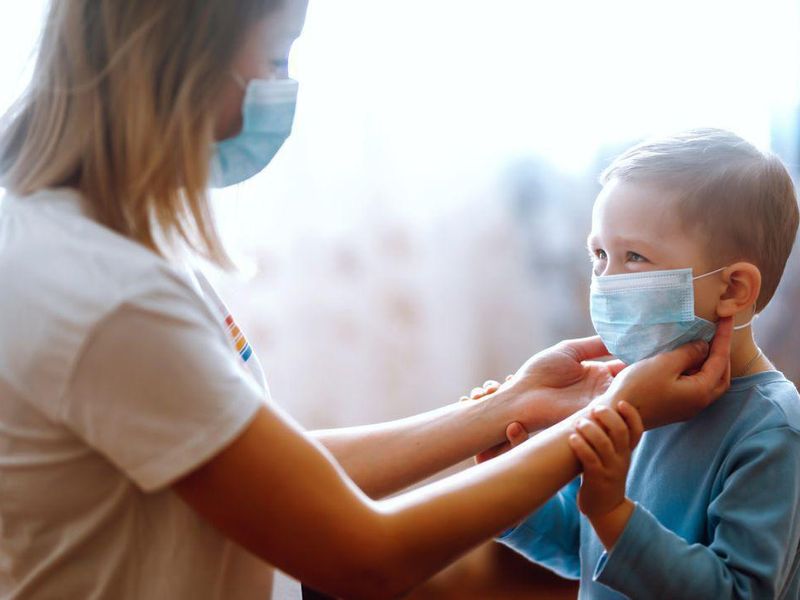WEDNESDAY, March 9, 2022 (HealthDay News) — In a cohort of K-12 schools, secondary transmission of severe acute respiratory syndrome coronavirus 2 was low and was reduced by universal masking, according to a study published online March 9 in Pediatrics.
Angelique E. Boutzoukas, M.D., from the Duke University School of Medicine in Durham, North Carolina, and colleagues examined the impact of various masking practices on secondary transmission in a cohort of K-12 schools in an open cohort study conducted from July 26 to Dec. 13, 2021. Mitigation practices and weekly infection data were reported by districts. Across nine states, 1,112,899 students and 157,069 staff attended in-person school in 61 districts.
The researchers found that 40,601 primary and 3,085 secondary infections were reported by the districts. Overall, six, nine, and 46 districts had optional masking policies, partial masking policies, and universal masking, respectively. Compared with universally masked districts, those that were optionally masked throughout the study period had 3.6 times the rate of secondary transmission. Universally masked districts had 7.3 predicted secondary infections for every 100 community-acquired cases compared with 26.4 for optionally masked districts.
“Consistent with earlier data, secondary transmission across the entire study cohort was low, with more than 90 percent of cases identified in school members originating from the community,” the authors write. “Among districts with universal masking policies, secondary transmission was reduced by 72 percent compared with districts having optional masking policies.”
Several authors disclosed financial ties to the pharmaceutical industry.
Copyright © 2021 HealthDay. All rights reserved.


